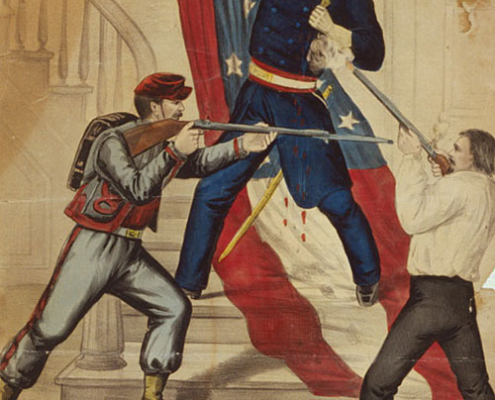
Two Flags and One Hero
In the early days of the American Civil War (1861-1865), bravery did not always come from where one expected. Military ranks and West Point training did not always guarantee valor and prowess on the field of battle.
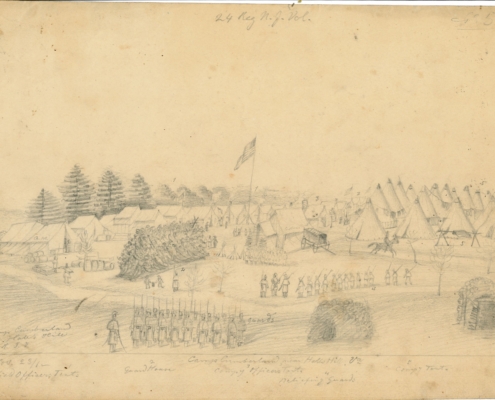
Sketching the Civil War
During the Civil War (1861-1865) tens of thousands of Federal troops passed through Arlington. Many captured their experiences by writing letters home. But a few were accomplished artists, and their sketches and drawings provide a more detailed account of their lives as soldiers.
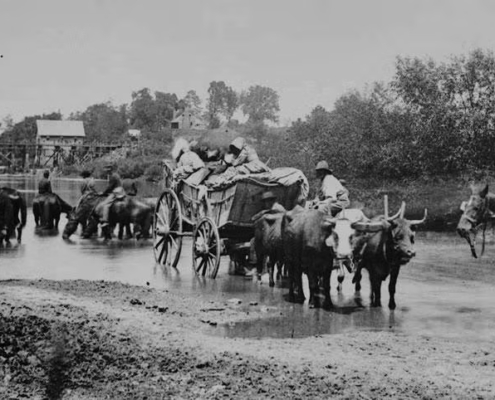
John Boston
By late 1861, US troops had completed the construction of numerous fortifications in Arlington to defend Washington DC. While the forts had a military purpose, they also became beacons of freedom to thousands of refugees fleeing slavery.
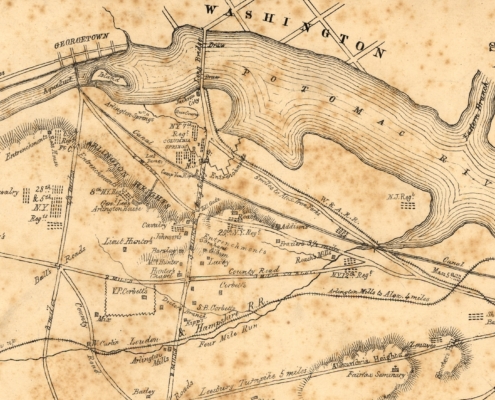
Virgil P. Corbett
Originally from New York, Corbett is perhaps best known for creating some of the first maps of what we now call Arlington County and its surrounding areas during the Civil War, including Sketch of the Seat of War in Alexandria & Fairfax Counties (1861) and his Map of the Seat of War Showing the Battles of July 18th and 21st, 1861 (1861).
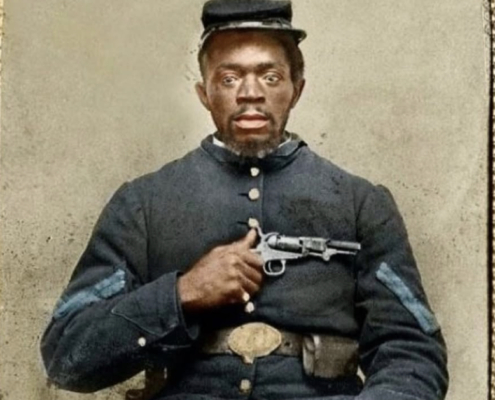
Nimrod Burke
Nimrod Burke (circa 1836–1914) was a Black soldier, scout, and patriot who fought for the United States Army during the Civil War. Born in Prince William County Virginia, Burke escaped to Ohio, where he built a life as a free man. He worked as a handyman under Marietta, Ohio, attorney and abolitionist Melvin Clarke.
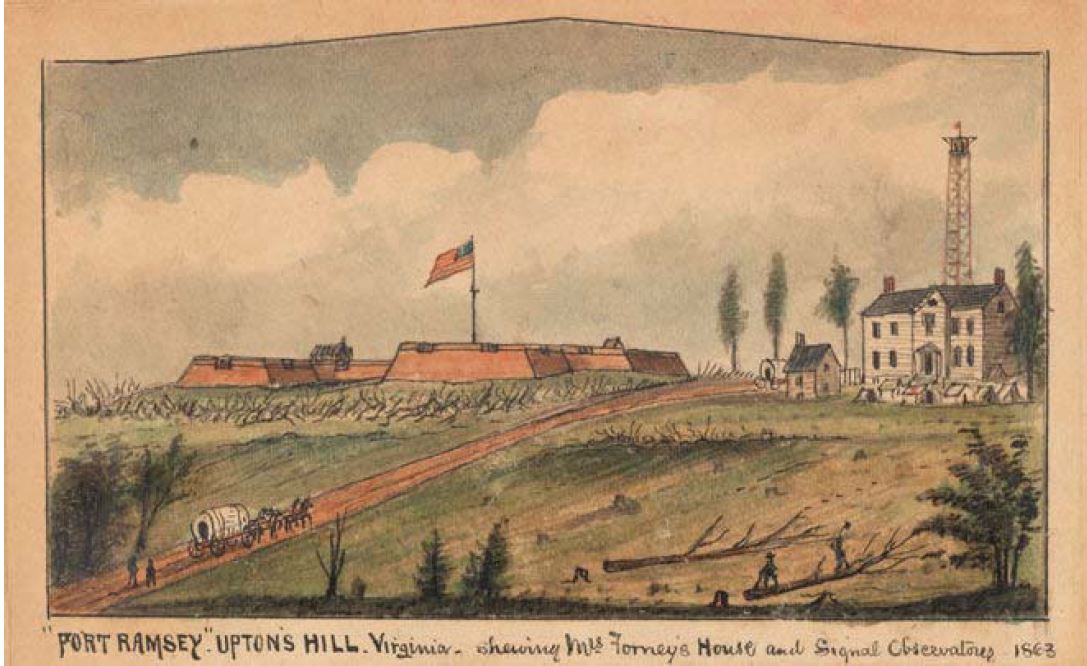
The History of Upton’s Hill
This exhibit highlights Upton’s Hill history as a prime example of the many layers of Arlington’s past. Upton’s Hill was a homestead and farm, a major logistics hub and defensive fort during the Civil War, a weekend country getaway for Washington’s elite, and a real estate developer’s delight. The following virtual exhibit was displayed at the Arlington Historical Museum from July to November 2021.
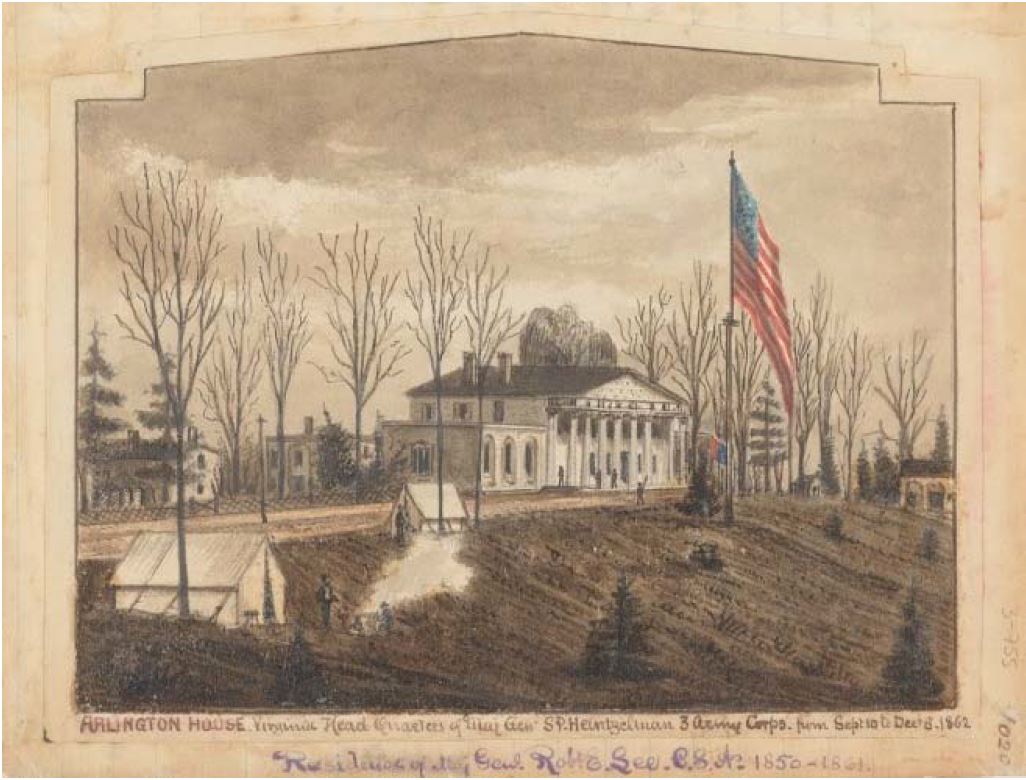 https://arlhist.org/wp-content/uploads/2016/10/derosa-25-Arlington-House.jpg
780
1026
arlingtonhist
/wp-content/uploads/2024/07/arlhist-logo-cm-02.png
arlingtonhist2024-07-28 11:26:502025-10-29 15:21:56A Good Soldier at Arlington House, 1861-1864
https://arlhist.org/wp-content/uploads/2016/10/derosa-25-Arlington-House.jpg
780
1026
arlingtonhist
/wp-content/uploads/2024/07/arlhist-logo-cm-02.png
arlingtonhist2024-07-28 11:26:502025-10-29 15:21:56A Good Soldier at Arlington House, 1861-1864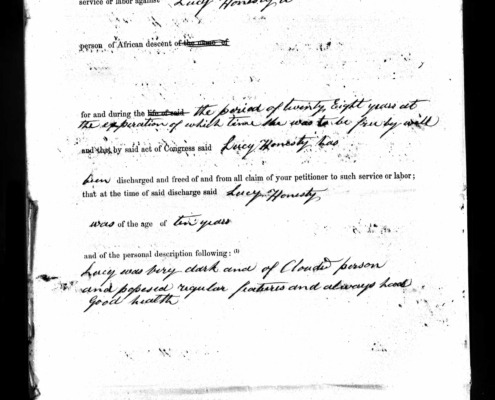 https://arlhist.org/wp-content/uploads/2024/07/BirchWilliamLucyHonesty-scaled.jpg
2560
1624
arlingtonhist
/wp-content/uploads/2024/07/arlhist-logo-cm-02.png
arlingtonhist2024-07-24 13:10:322024-08-15 19:03:43Lucy Honesty
https://arlhist.org/wp-content/uploads/2024/07/BirchWilliamLucyHonesty-scaled.jpg
2560
1624
arlingtonhist
/wp-content/uploads/2024/07/arlhist-logo-cm-02.png
arlingtonhist2024-07-24 13:10:322024-08-15 19:03:43Lucy Honesty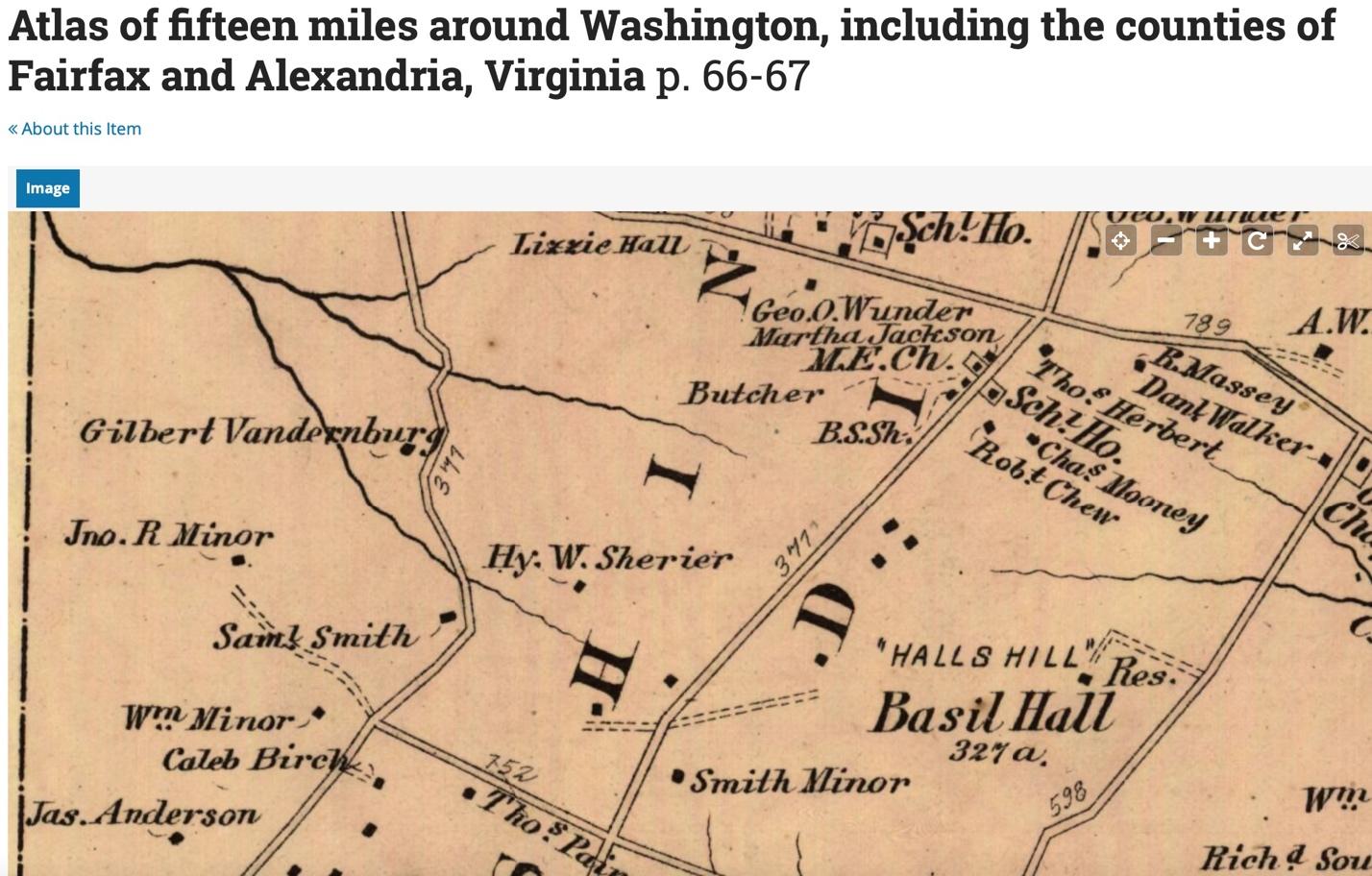
Samuel Smith
Samuel Smith was born enslaved in 1826. His enslavers, William and Catherine Minor, owned a farm called Springfield near the present-day site of Yorktown High School.
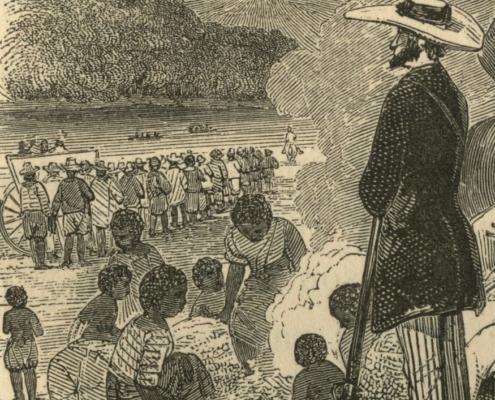 https://arlhist.org/wp-content/uploads/2024/07/PrintofSlaves.jpeg
1217
875
arlingtonhist
/wp-content/uploads/2024/07/arlhist-logo-cm-02.png
arlingtonhist2024-07-22 19:20:522025-11-19 12:51:07Slavery in Arlington, Virginia: A Timeline
https://arlhist.org/wp-content/uploads/2024/07/PrintofSlaves.jpeg
1217
875
arlingtonhist
/wp-content/uploads/2024/07/arlhist-logo-cm-02.png
arlingtonhist2024-07-22 19:20:522025-11-19 12:51:07Slavery in Arlington, Virginia: A Timeline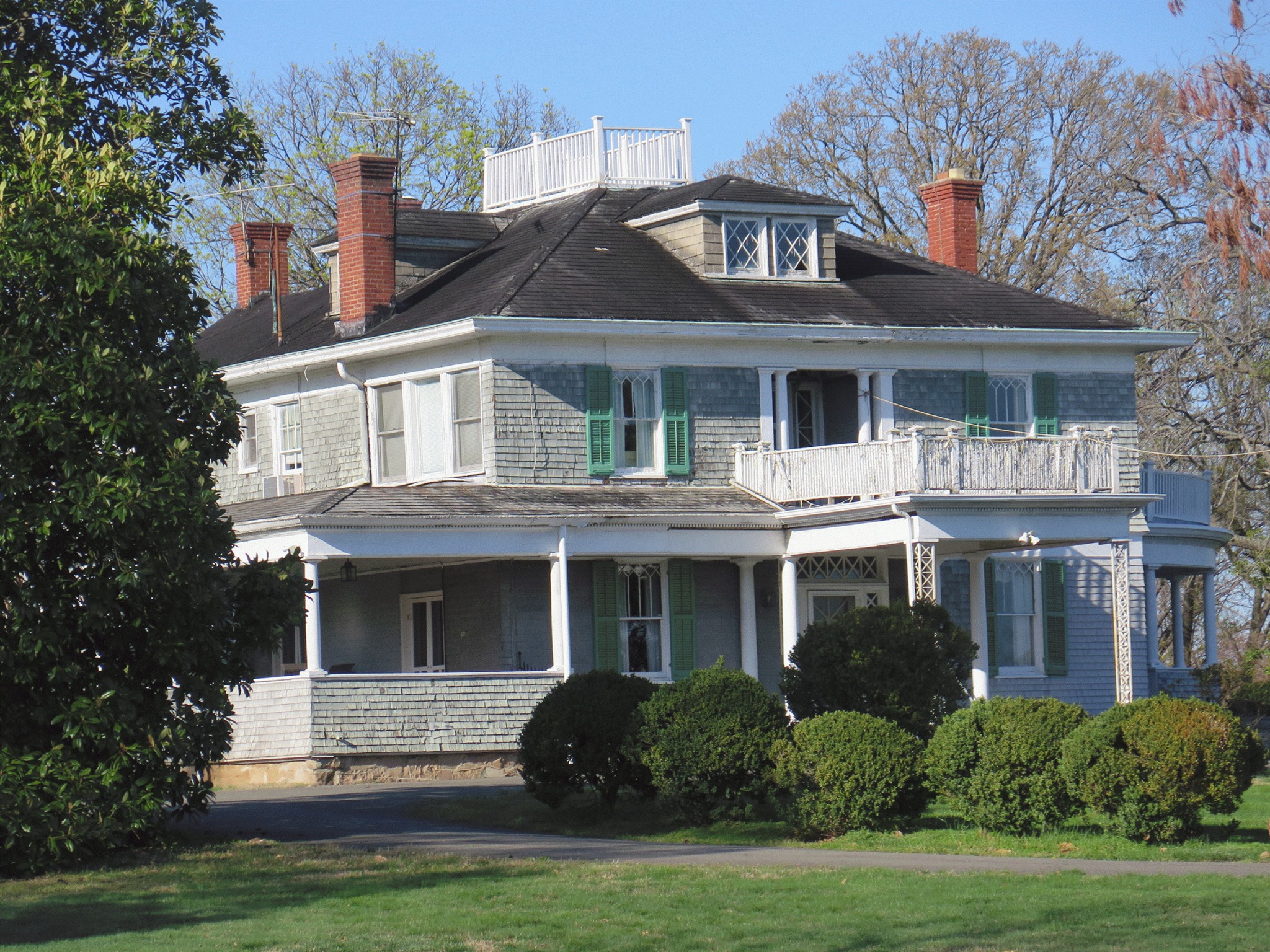 https://arlhist.org/wp-content/uploads/2022/08/Febrey-House.jpg
1536
2048
arlingtonhist
/wp-content/uploads/2024/07/arlhist-logo-cm-02.png
arlingtonhist2024-07-04 16:38:112024-08-08 01:47:42The Historic Febrey Lothrop Rouse Estate
https://arlhist.org/wp-content/uploads/2022/08/Febrey-House.jpg
1536
2048
arlingtonhist
/wp-content/uploads/2024/07/arlhist-logo-cm-02.png
arlingtonhist2024-07-04 16:38:112024-08-08 01:47:42The Historic Febrey Lothrop Rouse Estate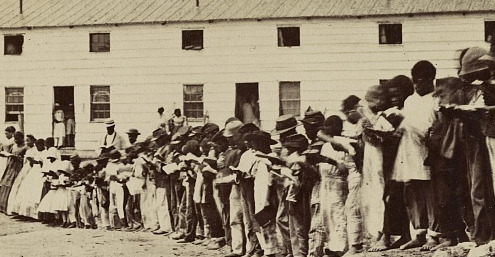 https://arlhist.org/wp-content/uploads/2024/06/6eaa5e9b-977a-4453-9ac2-4f9a6d1af506-e1719773031255.jpg
257
970
arlingtonhist
/wp-content/uploads/2024/07/arlhist-logo-cm-02.png
arlingtonhist2024-07-01 11:50:332024-07-25 16:06:42History of Enslavement in Arlington
https://arlhist.org/wp-content/uploads/2024/06/6eaa5e9b-977a-4453-9ac2-4f9a6d1af506-e1719773031255.jpg
257
970
arlingtonhist
/wp-content/uploads/2024/07/arlhist-logo-cm-02.png
arlingtonhist2024-07-01 11:50:332024-07-25 16:06:42History of Enslavement in Arlington
